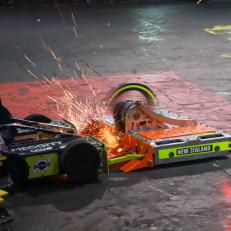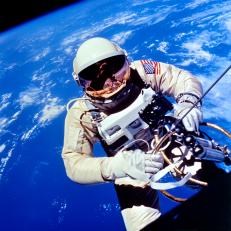Celebrating the Life of Kodak
Before the camera phone was a thing, there was the Kodak camera. Here's to the camera that revolutionized photography.
Kodak Brownie
George Eastman marketed the original Brownie to be an inexpensive camera for the mass market. The camera, which was designed by Frank Brownell, was literally a cardboard box with a wooden end, yet it took perfectly good photographs.
Kodak Brownies
Eastman named the camera after characters popularised by the Canadian children's author, Palmer Cox. This camera, which was produced in a range of colors, was the first to be designed and built at the new Kodak camera factory at Harrow, Middlesex.
Kodak Brownie
Kodak camera, model Brownie 127, 1939.
Kodak Instamatic X-15
Close-up of Kodak Instamatic X-15 film camera, ca 1960s, using the 126 cartridge format.
Kodak Instamatic 100
Close-up of Kodak Instamatic 100 film camera, ca 1965, using the 126 format.
Kodak Pocket Instamatic 10
Close-up of Kodak Pocket Instamatic 10 film camera, using the 110 film format with customizable flower power insert, ca 1970s, on white background.
Kodak Tele-Instamatic
Close-up of Kodak Tele-Instamatic film camera, ca 1970s, with two-position telephoto lens and using the 110 film format.
Kodak Film
A roll of transparent film for use in the Kodak camera. The important feature of the Kodak was not the camera itself but the new photographic system marketed to support it. It was sold pre-loaded with enough film to take 100 photographs.
























